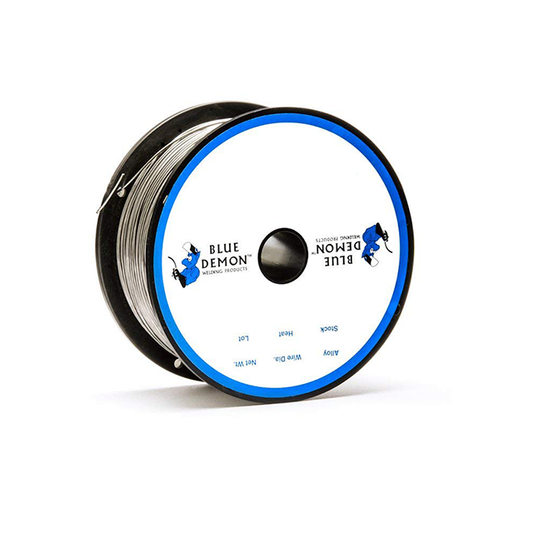Some welders roll their eyes every time the push vs. pull debate comes up, while others have strong opinions that they believe they have been forged out of hard-earned experience. Should we debate pushing vs. pulling for welding? And if it’s worth discussing, then which is the best option for you? Let’s look at a few angles in this debate on welding technique.

There’s No Magical Welding Trick
Welders entering into this debate are often quick to point out that your experience and technique matter a lot more. If you have some experience, you’ll most likely understand how hot to run your machine, how to move your torch along the joint to get the best penetration, and how to angle your torch for the most effective weld.
Before we even begin to discuss pushing or pulling, getting your settings and technique right will go a lot further in most cases when it comes to making a strong weld.
Key Factors in Weld Strength
Welders also regularly note that the type of metal and the shielding gas set up vs. flux core are essential factors in determining how to approach your weld. For instance, welding instructors will tell you that MIG welding with flux core on aluminum will always require a push angle. However, once you switch to another material, such as steel, you may need to consider pulling your weld bead instead.
Both your materials and your shielding set up can go a long way toward determining how to move across the weld joint. You’ll find that it’s about choosing the right movement for the specific materials and the weld joint in question.
The Advantages of Pushing a Weld
When you’re pushing a weld, you have the key benefit of seeing where you’re going. Many welders are not big fans of pushing a weld, but if you need some added visibility of the joint, it’s tough to beat pulling a weld.
In addition, you’ll find that plenty of welders push their welds uphill in the hope of getting better visibility and penetration into the joint.
The Advantages of Pulling a Weld
Most welders want to know what the weld bead looks like after a pass, and in that case pulling a weld is ideal. Many welders opt for pulling a weld as their default movement. They want to know if there’s too much build up or if they need to adjust their settings.
Pulling a weld is often ideal for welding steel, but your direction should still be determined by the type of metal, your process, and any other factors that change the angle or approach of your weld.
Can You Push and Pull Your Welds?
The bottom line in the push vs. pull debate is that there are a few situations that may demand a particular approach, but more often than not the strength of your weld will be determined by other factors. Even the most careful tests depend on the technique of the welder performing the test.
So long as you have your settings, technique, and tools set up correctly, you probably don’t have to even wonder whether you need to push or pull your weld. That alone may be all that most welders need to know about this debate!
Before You Debate Pushing or Pulling Your Weld
Of course the most important part of any debate over a welding technique is to work with a top name welding machine and the best in welding electrodes and tools. You can find the best deals on welding machines, welding gear, and other welding products at Baker’s Gas and Welding. You’ll find top holiday deals this week, but stop by any time for some of the lowest prices on welding gear and welding machines.


